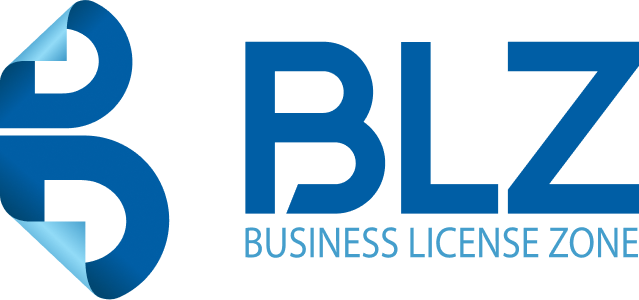|
Getting your Trinity Audio player ready... |
The introduction of Value Added Tax (VAT) in the United Arab Emirates (UAE) on January 1, 2018, marked a significant shift in the nation’s fiscal policy. Designed to diversify government revenue beyond oil, the 5% VAT applies to most goods and services, influencing both pricing strategies and consumer behavior across various sectors. Understanding these impacts is crucial for businesses aiming to navigate the UAE’s evolving market landscape effectively.
Table of Contents
ToggleUnderstanding VAT in the UAE
VAT is a consumption-based tax levied at each stage of the supply chain, ultimately borne by the end consumer. In the UAE, a standard rate of 5% is applied to most goods and services, with certain exemptions and zero-rated categories, such as specific healthcare and educational services. This tax framework aligns the UAE with global taxation standards and contributes to the nation’s economic diversification efforts.
Impact on Pricing Strategies
The implementation of VAT necessitated that businesses reassess their pricing models to accommodate the additional tax burden. Companies faced a pivotal decision: absorb the VAT cost within existing prices or pass it on to consumers through price increases.
- Passing on the Cost: Many businesses opted to add the 5% VAT to their existing prices, directly reflecting the tax on consumer bills. This approach maintains profit margins but can affect price competitiveness, particularly in sensitive markets.
- Absorbing the Cost: In highly competitive sectors, some businesses chose to absorb VAT, keeping prices steady to retain customer loyalty. While this strategy helps maintain market share, it compresses profit margins and may necessitate internal cost-cutting measures.
The choice between these strategies depends on factors such as market competition, customer price sensitivity, and overall business objectives.
Influence on Consumer Behavior
The introduction of VAT has had a discernible impact on consumer spending patterns in the UAE. As prices increased to accommodate the tax, consumers became more price-conscious, leading to shifts in purchasing behaviors.
- Reduced Disposable Income: Even with a modest 5% rate, VAT has increased the cost of living, thereby reducing disposable income. This reduction has led consumers to prioritize essential over discretionary spending, affecting sectors reliant on non-essential goods and services.
- Shift to Savings: The increased cost of goods and services has encouraged a culture of saving overspending. Consumers are more deliberate in their purchasing decisions, often seeking better value or delaying non-essential purchases.
- Demand for Transparency: Consumers now expect clear communication regarding pricing structures, including explicit information about VAT charges. Transparent pricing builds trust and helps consumers make informed decisions.
Sector-Specific Impacts
The effect of VAT varies across different sectors, with some industries experiencing more pronounced changes in consumer behavior.
- Retail Sector: Retailers have had to adjust pricing strategies, manage cash flows more effectively, and ensure timely VAT filings. The added tax has made consumers more price-sensitive, prompting retailers to adopt competitive pricing and promotional offers to maintain sales volumes.
- Hospitality Industry: Hotels and restaurants have faced challenges in incorporating VAT into their pricing without deterring customers. Some establishments have opted for VAT-inclusive pricing to provide clarity, while others list VAT separately, affecting customer perceptions and spending habits.
- Small and Medium Enterprises (SMEs): SMEs often operate on tight budgets, and the introduction of VAT has increased operational costs. These costs include the actual tax paid on goods and services, as well as expenses related to compliance, such as hiring accountants or investing in software to manage VAT records.
Strategies for Businesses
To mitigate the impact of VAT on pricing and consumer behavior, businesses can adopt several strategies:
- Transparent Communication: Clearly inform customers about VAT-inclusive pricing to build trust and avoid surprises at the point of sale.
- Operational Efficiency: Streamline operations to reduce costs, offsetting the impact of VAT on pricing and maintaining competitiveness.
- Customer Engagement: Implement loyalty programs and targeted promotions to retain customers who may be deterred by price increases due to VAT.
The implementation of VAT in the UAE has reshaped the economic environment, compelling businesses to adapt their pricing strategies and influencing consumer behavior. By understanding these dynamics and adopting proactive measures, businesses can navigate the challenges posed by VAT, ensuring compliance while maintaining customer satisfaction and profitability.

Job Title & Role at BLZ – Client Relationship Manager
Short Professional Bio – Exuberant, passionate, and energetic professional with a bold, pioneering spirit. I thrive on taking initiative, driving action, with a strong sense of independence and determination.
Education & Certifications: Bachelor of Business Administration
